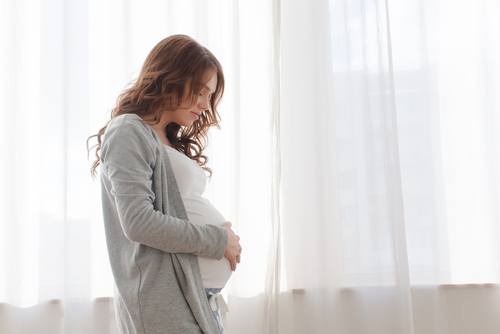The majority of women under 35 will give birth within 5 years of starting fertility treatments, a Danish study has shown. While treatments such as IVF and IUI do not necessarily work first time, this study has revealed that over half have a baby within 2 years of starting treatment, with that figure rising dramatically when you look at birth rates over 5 years.
Maternal age did have an impact on the results – while 80% of women under 35 gave birth within 5 years, that figure dropped to 60% for women between 35 and 40, and 26% for women over 40. Overall, of the almost 20,000 followed as part of the study, 57% had a child as a result of fertility treatments and 14% conceived a child naturally.
While many people seek out IVF treatment after not being able to conceive after 2 years, it is important to keep trying naturally even while undergoing treatment. Your individual advice will vary based on your fertility factors and what sort of treatment you are undergoing, but in some instances couples need time as well as treatment.
With any treatment, a successful pregnancy may not happen straight away but these figures are heartening for couples who may have undergone one round of IVF unsuccessfully. As with any treatment, it is important to look at success rates over a longer period rather than just with the first cycle, and this has shown that the chances of conceiving with treatment are excellent for some groups, and good for others.
Similar cumulative success rates have been suggested in Britain but usually the number of IVF cycles completed is counted here rather than the length of time people have fertility treatment. This is one of the reasons NICE recommended that 3 rounds of IVF should ideally be funded by the NHS.
In order to support couples and alleviate the financial strain that private IVF treatment can sometimes cause, we have put together some IVF packages that reduce the cost of multiple IVF cycles so that you can improve your chances of conception without worrying about the cost.

